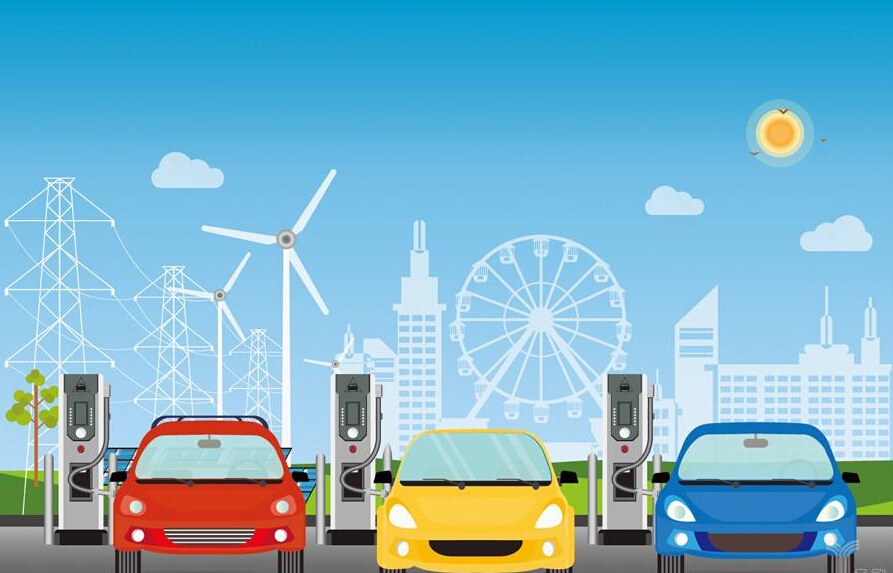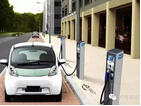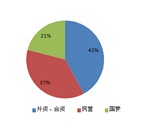For the new energy automobile industry, the summer of 2018 is undoubtedly a watershed.
On the one hand, the new new energy vehicle subsidy policy has been officially implemented on June 12, and the subsidies are going back to the slope. At the same time, the key technical requirements such as vehicle cruising range and energy density are higher.
On the other hand, on June 28, the National Development and Reform Commission and the Ministry of Commerce issued the “Special Management Measures for Foreign Investment Access (Negative List) (2018 Edition)” (hereinafter referred to as “Special Management Measures”), which will be cancelled as of July 28. Special-purpose vehicles, new energy vehicles, foreign stocks than the limit.
Under the "before the wolf and the tiger", the technology continues to break through, and the hydrogen fuel cell vehicle with many advantages such as environmental protection and long battery life has once again become a hot spot of concern. In the opinion of some car companies and industry experts, hydrogen fuel vehicles can even replace pure electric vehicles and become the new mainstream of new energy vehicles.
Who represents the future? A battle for a new energy vehicle path that has touched all sides has come to the forefront.Electric car suffers from growing troubles

In 2017, the production and sales of new energy vehicles in China reached 794,000 and 777,000 respectively. Leading the world, the new energy auto industry has also entered the growth period from the incubation period
But the "trouble" that followed has also followed. Faced with the current financial subsidies for new energy vehicles that are gradually tightening, some companies' business performance has rapidly declined, and some enterprises have already fallen into difficulties. The industry is not optimistic about the market after the “weaning” of new energy vehicles in 2020, and there are even concerns about “falling cliffs”.
According to the statistics of China Association of Automobile Manufacturers, in 2017, China's automobile sales increased by 3% year-on-year, and passenger car sales growth rate was only 1.4%, a record low in 12 years. The demand for passenger car market in China has entered a period of micro-growth. It can be seen that the growth of demand in the domestic automobile market is slowing down, and the incremental market space of automobiles has been difficult to meet the development needs of the new energy automobile industry.
Demand is declining, and the impulse to invest in new energy vehicles has intensified. In terms of total volume, the planned production capacity of various new energy auto companies far exceeds market demand, and blind investment issues are highlighted. According to the data of the China Circulation Association, there are more than 200 new energy vehicle projects that have been put into operation in China, and the capacity planning is over 20 million, which is 10 times that of the national industrial planning.
Wu Songquan, deputy director of the Automotive Industry Policy Research Office of China Automotive Technology and Research Center, said that due to the high subsidy temptation, some regions have over-investment and blind investment, and a large number of production capacity has been rapidly formed in the short term, leaving hidden dangers.
However, corresponding to the scale of the surge, China's new energy vehicle key core technology and strategic scarcity resources have not changed completely. Most of the high-performance key components required for new energy vehicles still need to be imported from Europe, the United States, Japan and South Korea. Power electronic chips and integrated circuits are at risk of being "card necked" at any time. The resources such as cobalt and lithium necessary for power battery production are controlled by a few countries such as Congo (DRC), Australia, and Cuba.
How to control costs, master core technologies, improve service quality, and form their own "hematopoietic" functions have become the top priority for the sustainable and healthy development of China's new energy vehicle industry.
















 RCCN WeChat QrCode
RCCN WeChat QrCode Mobile WebSite
Mobile WebSite







